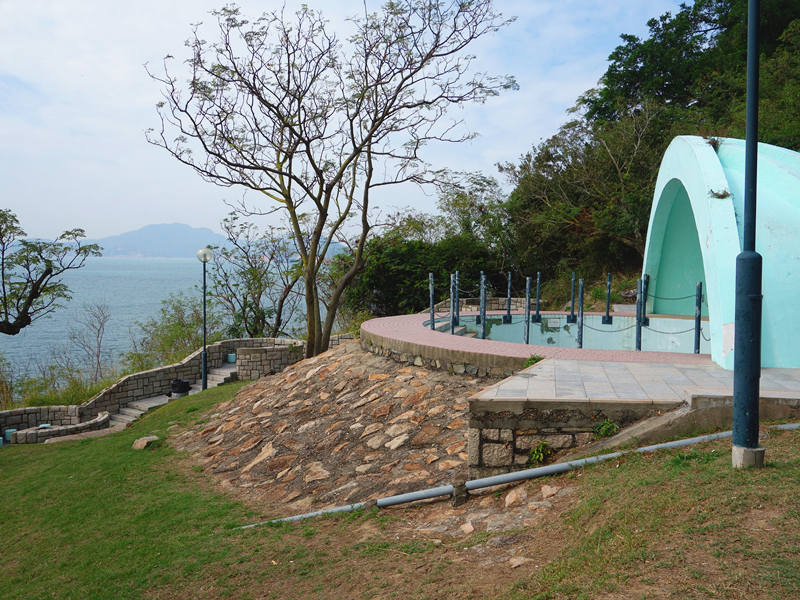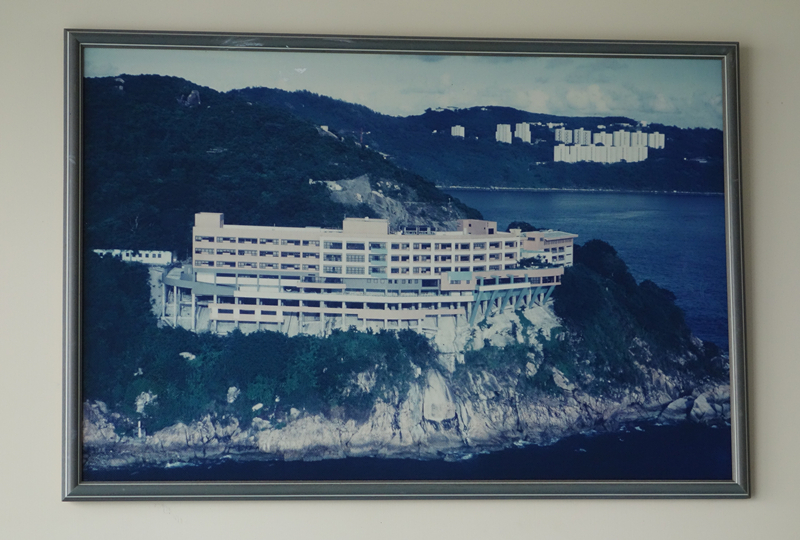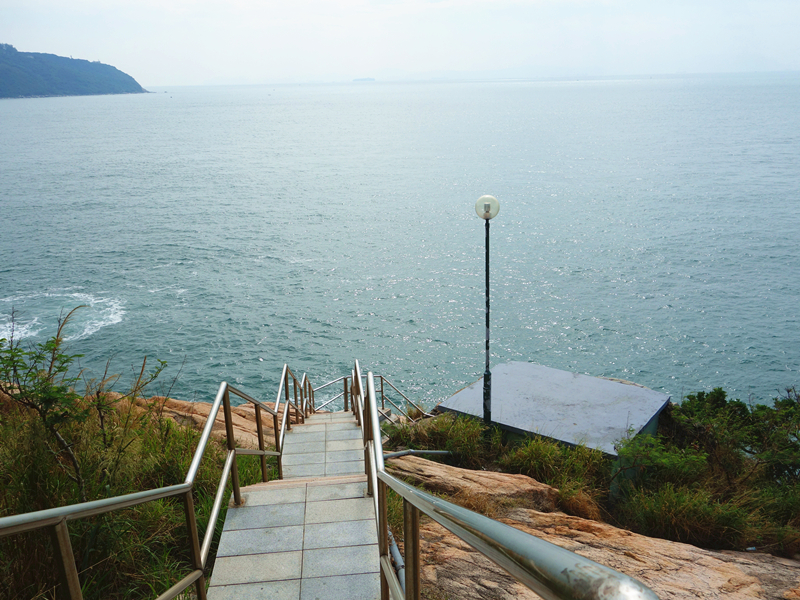Chung Hom Kok Battery
Chung Hom Kok Battery, one of the coastal fortifications of Hong Kong Island, was built in the 1930s by British Forces Overseas Hong Kong as a defence against the Japanese invaders during the Second World War . The battery locates at the most southern point on Chung Hom Kok Peninsula which is to the west of Stanley.
HISTORY
|
|
When Chung Hom Kok Battery was built in the 1930s, it consisted of two gun emplacements, which were respectively equipped with a 6-inch cannon, several platforms for searchlights and shelters. The No.2 emplacement was protected by a concrete hemispherical protection for the reason that the No.1 emplacement located almost directly over the No.2 emplacement. There were also machine-gun emplacements on the hill Chung Hom Shan which occupies the largest part of the peninsula.
During the World War Ⅱ, Japanese navy landed from the north coast of Hong Kong Island and invaded through Wong Nei Chung Valley (known as Happy Valley today), thus Chung Hom Kok Battery, which located on the south coast of Hong Kong Island, lost its function. To prevent the battery from falling into the clutches of the Japanese, British soldiers damaged the battery by themselves on December 19, 1941 before surrender, and then they retreated to Stanley. Today, most of the construction of Chung Hom Kok Battery does not exist any more. Only the No.2 emplacement has been re-built as a part of Chung Hom Kok Park and one of its searchlight platforms locating on the cliff has been preserved. People nowadays like to have barbecues at the barbecue sites around the No.2 emplacement and enjoy the beautiful sea view at weekends . In 1961, Hong Kong's first Cheshire Home was built on the site of the No.1 emplacement. |
How to get there?
|
1. Take Island Line to Chai Wan MTR Station
2. Walk to Chai Wan Public Minibus Terminus 3. Take Minibus 16M toward Chung Hom Kok Beach Station (31min, 20 stops) 4. Head south and walk along Chung Hom Kok Rd until the end of the road (19min, 1.5km) TIPS: As the battery is secluded for most of the time, travelling alone is not recommended. |






